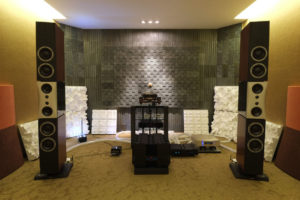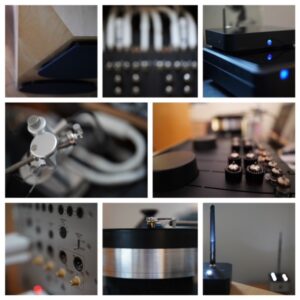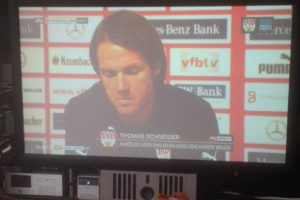“The new fuse holder was installed yesterday and replaces the QSA Gold fuse holder. After about 1 hour, a minimally audible play-in characteristic had already disappeared. The sound is now even more colorful and multi-layered, for example already very clearly audible in more complex piano chords. The touches are also reproduced better and more naturally than before.
The breathing of musicians or the rustling of clothing, for example, is now clearly recognizable as such and is also reproduced consistently, with everything blending homogeneously into the overall sound image. Previously, such things were sometimes not clearly attributable to their source and were suddenly audible with interruptions, i.e. they did not have the continuity that is only now perceptible (e.g. in solo recordings with acoustic guitar, piano or violin).
Overall, the stage and the tonal character of the reproduction now seem even more realistic and natural. The stage is wider and deeper, the stage imaging as a whole is very coherent and convincing, even with jazz recordings, for example. Very good and focused reproduction of individual sound sources and voices. Individual sound sources now have their own distinct timbres, which leads to a completely different perception of the overall recording situation. I am surprised at how big the difference is compared to before.
Amazing flow and homogeneity - clearly improved once again. And all this on the very first evening.
Compared to the QSA Gold, a very clear and positive difference can be seen in the first few hours.
(update after 2-3 weeks):
Dear Mr. Klocke,
The fuse forms a very ingenious symbiosis with the corresponding fuse holder. However, without the fuse holder, you have no idea what you are missing out on if you have only used the fuse beforehand. It seems that the fuse holder needs a little more break-in time than the fuse, because even after several weeks there are still further improvements in the sound (or the fuse is still growing).
The realism and immersiveness of the image are absolutely amazing with the fuse + fuse holder duo. This applies to all factors of the sound image. The QSA-Gold combination is completely outclassed. It is a huge step forward. THANK YOU for this outstanding development!
As described, I had changed the clocking on the Grid Protector from one to zero in the meantime - but it turned out later that the original setting is better after all, i.e. there is no final change to the Grid Protector after switching to the Schnerzinger fuse.
Best regards from Berlin,
W. H.
.







